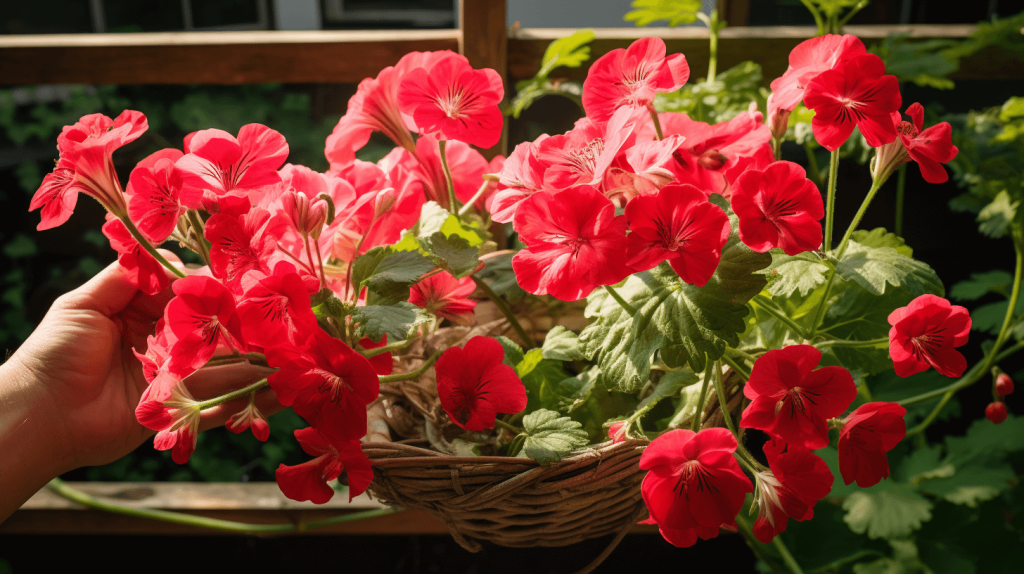
Introduction
Geraniums, known for their vibrant blooms and aromatic foliage, are popular garden plants. Propagating geraniums in water is an easy and cost-effective way to multiply your favorite varieties. This comprehensive guide will walk you through the detailed steps, ensuring a successful and thriving propagation process.
Step 1: Selecting Healthy Geranium Cuttings
- Choose Vigorous Plants:
- Select healthy, disease-free geranium plants with strong stems and vibrant foliage.
- Picking the Right Time:
- Opt for spring or early summer when plants are actively growing for the best success rate.
Step 2: Gathering Materials
- Sharp, Clean Scissors or Pruners:
- Ensure your cutting tools are sharp and clean to prevent damage to the plant tissue.
- Clear Glass Jar:
- Select a clear glass jar to easily monitor root development. Ensure it’s large enough to hold the cuttings without overcrowding.
- Distilled or Tap Water:
- Use distilled or tap water left at room temperature to avoid shocking the cuttings.
Step 3: Taking Geranium Cuttings
- Cutting Length:
- Take 4-6 inch cuttings, making each cut just below a leaf node. Choose stems with no flowers.
- Remove Lower Leaves:
- Strip the lower leaves, leaving only a few at the top. This prevents submerged leaves from rotting.
Step 4: Placing Cuttings in Water
- Submerging Cuttings:
- Place the prepared cuttings in the glass jar, ensuring the submerged nodes are covered with water.
- Positioning in a Bright Spot:
- Put the jar in a bright, indirect light location. Avoid direct sunlight to prevent excessive heat and evaporation.
- and evaporation.
Step 5: Monitoring Root Growth
- Observing Root Development:
- Roots typically begin to emerge in 2-4 weeks. Once roots reach a few inches, the cuttings are ready for transplanting.
- Changing Water:
- Change the water every few days to keep it clean and oxygenated. Trim any rotting leaves.
Step 6: Transplanting Geranium Cuttings
- Choosing Potting Mix:
- Use a well-draining potting mix suitable for geraniums.
- Planting in Pots:
- Transplant each cutting into individual pots, burying them at the same depth as in the water.
Step 7: Providing Care for Rooted Cuttings
- Acclimating to Outdoor Conditions:
- Gradually introduce the new plants to outdoor conditions if they were propagated indoors.
- Regular Watering:
- Water the newly planted cuttings regularly, keeping the soil consistently moist but not waterlogged.
Step 8: Fertilizing Established Plants
- Introducing Fertilizer:
- Once the plants establish themselves, introduce a balanced liquid fertilizer every 2-4 weeks during the growing season.
- Pruning for Bushy Growth:
- Pinch the tips of the plants to encourage bushier growth and more prolific flowering.
Step 9: Troubleshooting Common Issues
- Yellowing Leaves:
- Yellowing leaves may indicate overwatering. Adjust the watering frequency accordingly.
- Leggy Growth:
- To counter leggy growth, pinch the tips regularly to promote branching.
Conclusion: Enjoying Your Propagated Geraniums
Propagating geraniums in water is a satisfying and straightforward process that allows you to multiply your favorite plants inexpensively. Follow these detailed steps, and soon you’ll be enjoying a flourishing collection of geraniums, each with its vibrant blooms and aromatic foliage. Happy propagating!


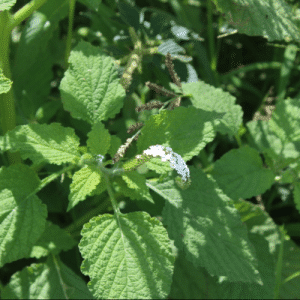
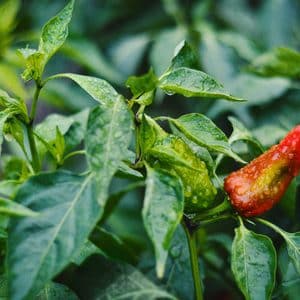

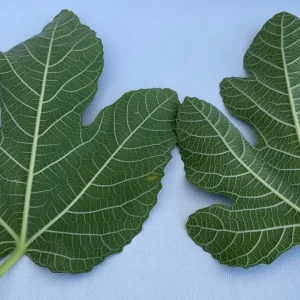
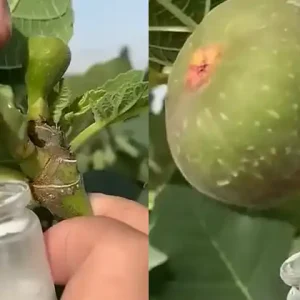
купить аккаунт профиль с подписчиками
маркетплейс аккаунтов соцсетей магазин аккаунтов социальных сетей
гарантия при продаже аккаунтов https://magazin-akkauntov-online.ru/
маркетплейс для реселлеров аккаунт для рекламы
покупка аккаунтов маркетплейс аккаунтов
площадка для продажи аккаунтов продать аккаунт
купить аккаунт перепродажа аккаунтов
Account Trading Platform Website for Buying Accounts
Account trading platform Guaranteed Accounts
Marketplace for Ready-Made Accounts Secure Account Purchasing Platform
Account Market buyaccountsmarketplace.com
Account Store Purchase Ready-Made Accounts
Account Exchange Service socialaccountsstore.com
Find Accounts for Sale Secure Account Sales
Accounts for Sale accountsmarketplaceonline.com
Account Trading Service Social media account marketplace
account marketplace https://accountsmarketplaceonline.com/
buy account purchase ready-made accounts
account buying platform account trading service
find accounts for sale ready-made accounts for sale
website for selling accounts sell account
buy and sell accounts account marketplace
sell account account exchange service
sell pre-made account website for selling accounts
accounts for sale account selling platform
accounts for sale secure account purchasing platform
account buying platform account selling service
buy accounts https://accounts-buy.org
account buying platform account trading platform
account store account buying platform
buy account account catalog
buy account account buying service
account purchase social-accounts-marketplace.org
account exchange service account trading
social media account marketplace website for selling accounts
account store account catalog
sell pre-made account verified accounts for sale
account market account buying service
buy account online account store
account exchange buy pre-made account
secure account purchasing platform account acquisition
secure account purchasing platform account catalog
find accounts for sale verified accounts for sale
account purchase https://accounts-offer.org
online account store https://accounts-marketplace.xyz
buy and sell accounts account marketplace
verified accounts for sale https://social-accounts-marketplaces.live
verified accounts for sale accounts market
account trading service https://social-accounts-marketplace.xyz/
marketplace for ready-made accounts accounts market
account trading platform buy accounts
gaming account marketplace https://buy-accounts.live
secure account sales accounts market
account trading platform https://social-accounts-marketplace.live
accounts market https://accounts-marketplace-best.pro/
маркетплейс аккаунтов маркетплейсов аккаунтов
маркетплейс аккаунтов rynok-akkauntov.top
магазин аккаунтов https://kupit-akkaunt.xyz/
маркетплейс аккаунтов соцсетей купить аккаунт
покупка аккаунтов https://akkaunty-market.live/
купить аккаунт kupit-akkaunty-market.xyz
покупка аккаунтов https://akkaunty-optom.live
маркетплейс аккаунтов https://online-akkaunty-magazin.xyz/
купить аккаунт https://akkaunty-dlya-prodazhi.pro
магазин аккаунтов https://kupit-akkaunt.online/
buy account facebook ads cheap facebook accounts
fb account for sale buy facebook advertising accounts
buy facebook accounts for advertising https://buy-ad-account.top
buy facebook accounts for advertising https://buy-ads-account.click
buy facebook ads account buy facebook ads manager
buying facebook accounts buy facebook ad account
buy aged facebook ads account https://ad-account-for-sale.top/
Эта статья предлагает захватывающий и полезный контент, который привлечет внимание широкого круга читателей. Мы постараемся представить тебе идеи, которые вдохновят вас на изменения в жизни и предоставят практические решения для повседневных вопросов. Читайте и вдохновляйтесь!
Получить дополнительные сведения – https://medalkoblog.ru/
buy fb account https://buy-ad-account.click
facebook ad account for sale buy facebook account
buy google ads invoice account https://buy-ads-account.top/
google ads accounts for sale https://buy-ads-accounts.click
buy facebook ads manager https://buy-accounts.click
adwords account for sale https://ads-account-for-sale.top
buy account google ads buy google adwords account
buy aged google ads accounts https://buy-ads-invoice-account.top
buy google ads threshold accounts buy google ad account
buy google ads verified account https://buy-ads-agency-account.top
buy aged google ads accounts https://sell-ads-account.click
buy google ads threshold accounts https://ads-agency-account-buy.click
buy facebook business managers https://buy-business-manager.org
buy verified google ads accounts https://buy-verified-ads-account.work
buy facebook verified business manager https://buy-bm-account.org/
buy facebook business manager accounts buy-verified-business-manager-account.org
facebook bm account buy buy-verified-business-manager.org
business manager for sale buy-business-manager-acc.org
buy verified facebook business manager https://business-manager-for-sale.org/
buy business manager account https://buy-business-manager-verified.org
facebook business manager buy https://buy-bm.org
facebook bm for sale buy facebook business manager
buy verified bm https://buy-business-manager-accounts.org
buy tiktok ads account https://buy-tiktok-ads-account.org
tiktok ads agency account https://tiktok-ads-account-buy.org
tiktok ads account for sale https://tiktok-ads-account-for-sale.org
buy tiktok ads accounts https://tiktok-agency-account-for-sale.org
tiktok ad accounts https://buy-tiktok-ad-account.org
tiktok ads account buy https://buy-tiktok-ads-accounts.org
tiktok ads agency account https://tiktok-ads-agency-account.org
buy tiktok ads https://buy-tiktok-business-account.org
tiktok ads account buy https://buy-tiktok-ads.org